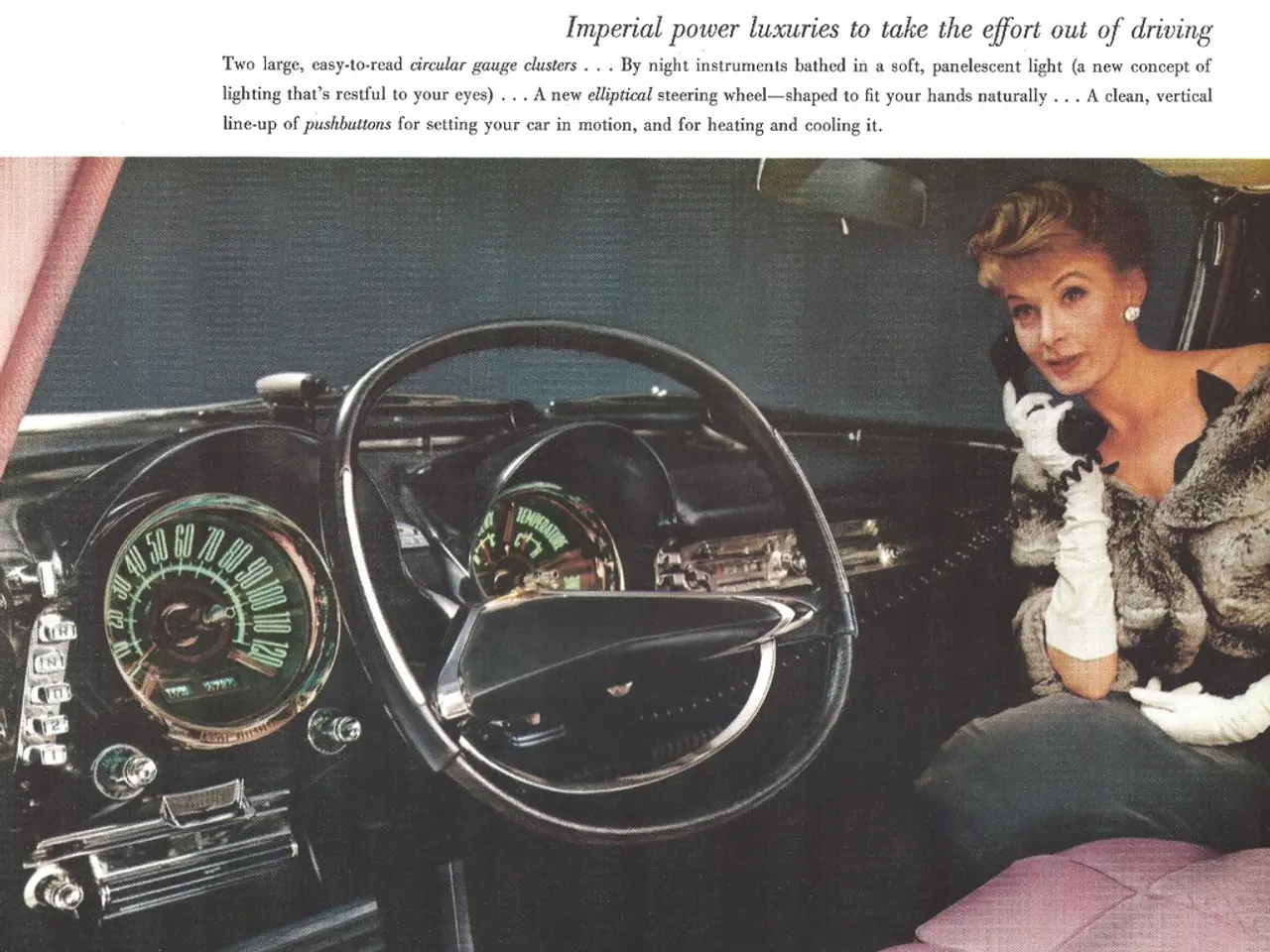Excerpt from the book "Ron Chernow" detailing anecdotes about Samuel Clemens, famously known as Mark Twain.
Renowned biographer Ron Chernow has published a captivating new book titled "Mark Twain," delving into the complexities and contradictions of the life of Samuel Clemens, better known by his pen name, Mark Twain. The biography offers a comprehensive exploration of Twain's multifaceted nature, portraying him not just as a celebrated writer but also as a traveler, businessman, and celebrity of his time.
As a small boy in Hannibal, Missouri, Twain found freedom and escape from society's restraints on the Mississippi River. He cherished these formative years so much that he returned surprisingly few times to his youthful scenes, fearful that new impressions might intrude on his cherished memories. Twain secured a pilot's license before the Civil War and valued the demanding period of his life as a cub navigator. He loved the profession because he felt it was the only unfettered and entirely independent human being in the earth.
In 1882, Twain embarked on a six-week tour of the Mississippi River to elaborate on earlier articles into a full-length volume, "Life on the Mississippi." During this journey, he arose at 4 a.m. to watch the day break on the river, noting a paucity of boats compared to his booming days. The grace and picturesqueness of female dress seemed to disappear as one traveled west away from New York. Twain also criticized the squalor of the steamer Gold Dust, a vile, rusty old steamboat, during his tour.
Twain's memories of his youth remained preserved in amber throughout his life. However, he was saddened by the deterioration of towns he passed on the Mississippi River. Many hamlets, now landlocked, had reshaped the landscape he had once committed to memory. Twain struggled to remember a town named Ste. Genevieve, which had been relocated by the river.
One of the most poignant moments of Twain's Mississippi tour was when he was allowed to steer the ship by pilot named Lem Gray. This dreamlike consummation for Twain was a magical touchstone of his life, as he felt a sense of belonging in the pilot house. However, his celebrity often revealed his identity, making it difficult for him to secure candid glimpses of his old Mississippi world under the incognito of "Mr. Samuel."
Chernow's biography not only explores Twain's literary career, such as his famous works like "Huckleberry Finn" and "A Connecticut Yankee in King Arthur’s Court," but also delves into his tumultuous personal life. This includes his family, financial struggles, and the challenges he faced with his daughters, each of whom had their own unique struggles. The book highlights both Twain's literary achievements and personal missteps, offering a nuanced portrait of the American writer.
The book is praised for its vivid storytelling, humor, and warmth, bringing Twain's life into full color. Chernow's biography provides a comprehensive look at Twain's life, from his early days as a navigator on the Mississippi to his later years as a celebrated author and public figure. The biography also explores how Twain's public image as a witty humorist and social critic contrasts with his private life, which was marked by financial mismanagement and personal turmoil.
[1] https://www.biography.com/writer/mark-twain [2] https://www.nytimes.com/2017/10/17/books/review/mark-twain-ron-chernow-biography.html [3] https://www.washingtonpost.com/entertainment/books/mark-twain-by-ron-chernow-review-a-biography-of-the-american-century/2017/10/16/e3a1f746-9e43-11e7-8221-e8641df57f9a_story.html
In the realm of books, readers can delve into Chernow's comprehensive exploration of Twain's life, not just focusing on his literary works like "Huckleberry Finn" and "A Connecticut Yankee in King Arthur’s Court," but also revealing the complexities of his personal life. At the same time, news outlets have lauded the entertainment value of Chernow's biography, appreciating its vivid storytelling, humor, and warmth that bring Twain's life to life in full color.








